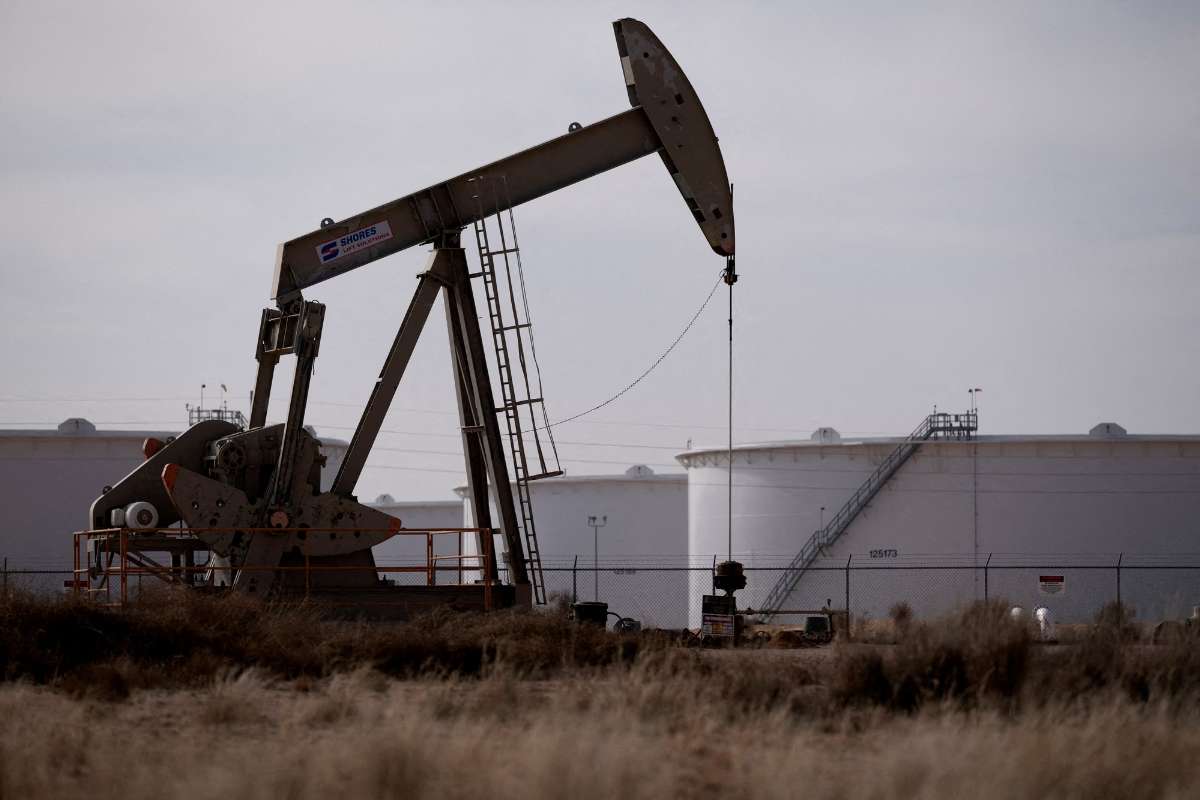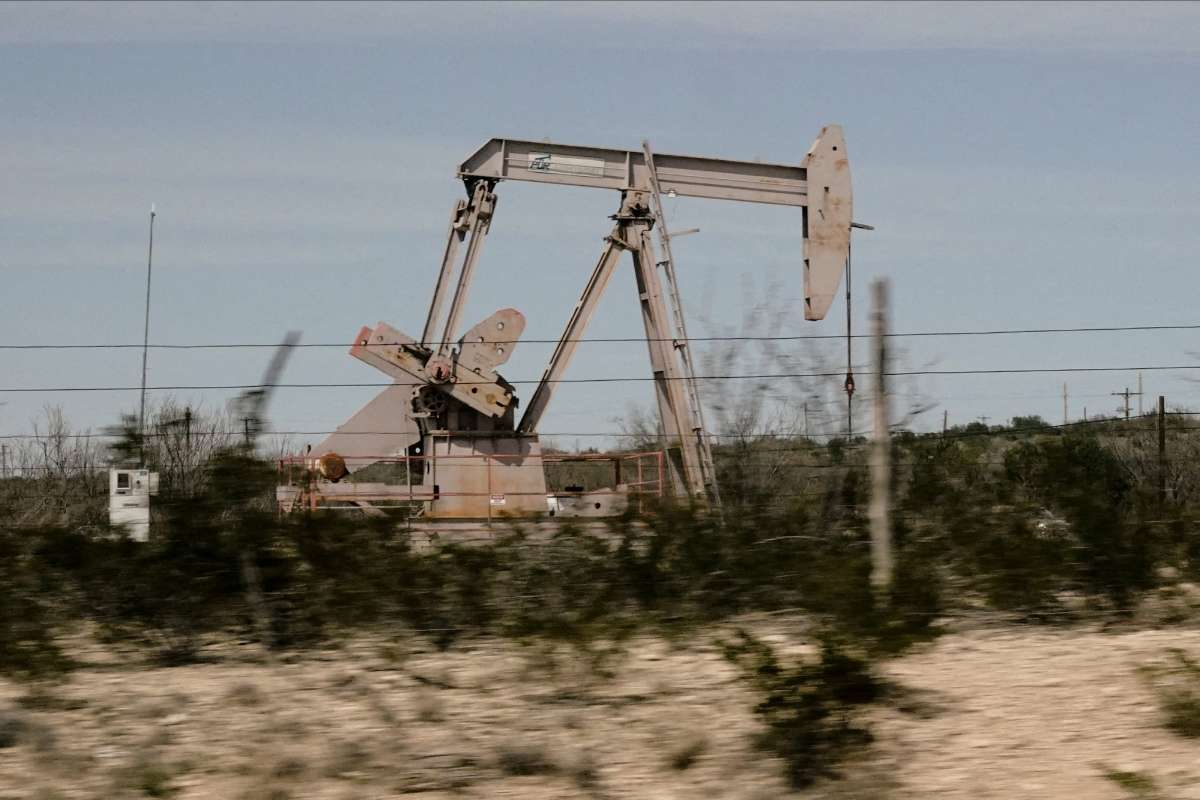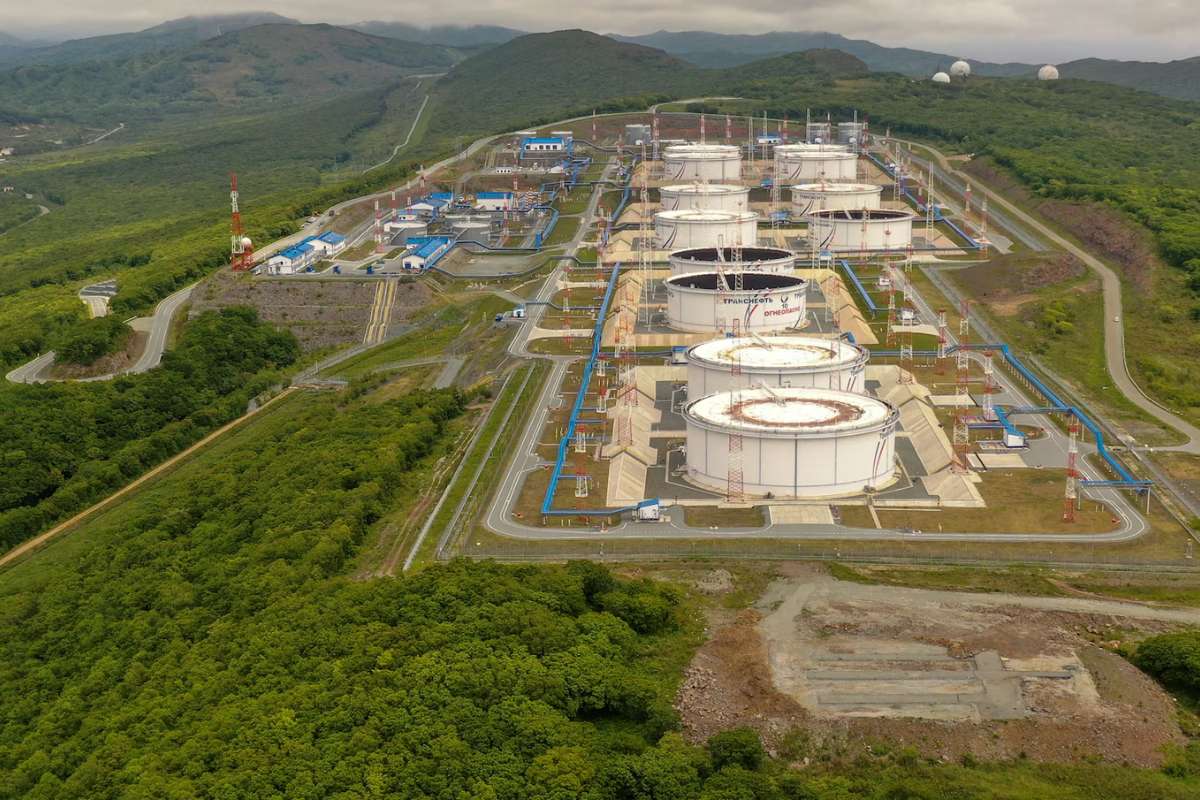Key Points:
- Oil prices ticked up after a sharp drop, influenced by U.S. tariffs and weak inventory data.
- Tariffs on India may disrupt Russian oil flows, adding market volatility.
- Brent crude could drop to low $50s by 2026 amid rising global surplus.
Oil Prices Edge Higher on Wednesday, recovering after sharp declines in the prior session, as traders assessed the impact of new trade measures affecting India alongside U.S. crude inventory data that pointed to weaker-than-expected demand trends.
At 08:50 ET (12:50 GMT), Brent crude futures for October delivery rose 0.3% to $66.88 a barrel, while West Texas Intermediate (WTI) crude gained 0.4% to $63.52 a barrel. Both benchmarks had dropped more than 2% on Tuesday as markets reacted to ongoing conflict-driven uncertainty in Eastern Europe.
Trade Measures on India Refocus Market Attention
Recent U.S. trade measures have increased duties on Indian imports, effectively doubling tariffs to 50%. The move has drawn attention because of India’s role as a key buyer of Russian crude, a factor that continues to reshape global oil trade flows.
Analysts note that initial tariff adjustments briefly slowed Indian refiners’ purchases, but buying has since resumed. Market participants are now closely watching whether the higher duties will meaningfully alter the flow of Russian barrels into South Asia and, by extension, affect global supply balances.
The uncertainty surrounding trade measures has added another variable to an already volatile market, where shifts in demand and rerouted supplies are driving short-term price fluctuations.
U.S. Crude Stockpiles Fall Below Forecasts
Weekly industry data provided by the American Petroleum Institute (API) showed that U.S. crude inventories fell by 970,000 barrels in the week ending August 22. The draw was smaller than the 1.7 million barrels expected, raising questions about the pace of domestic consumption.
Gasoline inventories declined by 2.1 million barrels, while distillate stocks fell by 1.5 million barrels. Analysts suggested that the distillate draw was slightly supportive given that inventories typically rise during this seasonal period.
“The draw in distillate stocks was slightly supportive for the middle distillate market, particularly given that we are in a period where stocks usually grow,” ING analysts noted.
Traders now await official data from the U.S. Energy Information Administration (EIA), due later Wednesday, for confirmation of demand and refining trends.
Longer-Term Outlook Points to Price Decline
Looking ahead, Goldman Sachs forecasts a sharper decline in Brent crude prices over the next two years, projecting levels in the “low $50s by late 2026.” The bank cites a global Oil Prices Edge Higher surplus averaging 1.8 million barrels per day between the fourth quarter of 2025 and the fourth quarter of 2026.
A significant portion of this surplus is expected to be absorbed into the commercial inventories of OECD countries. Goldman Sachs estimates that every additional day of OECD stockpiles reduces the fair value of Oil Prices Edge Higher by just over $3 per barrel when compared to longer-dated contracts.
While the bank expects prices to track forward levels through 2025, it projects a sharper decline in 2026 as inventories accumulate. Upside risks include faster-than-expected Chinese stockpiling, which could keep Brent near $62 a barrel in 2026, as well as potential supply disruptions from key exporters.
Market Dynamics in Focus
The current environment underscores the influence of shifting trade patterns, inventory movements, and supply-demand imbalances on oil markets. Short-term prices remain sensitive to weekly data and evolving trade measures, while longer-term forecasts point toward an oversupplied market that may pressure benchmarks below current levels.
Visit Oil Gas Energy Magazine for the most recent inforation.












